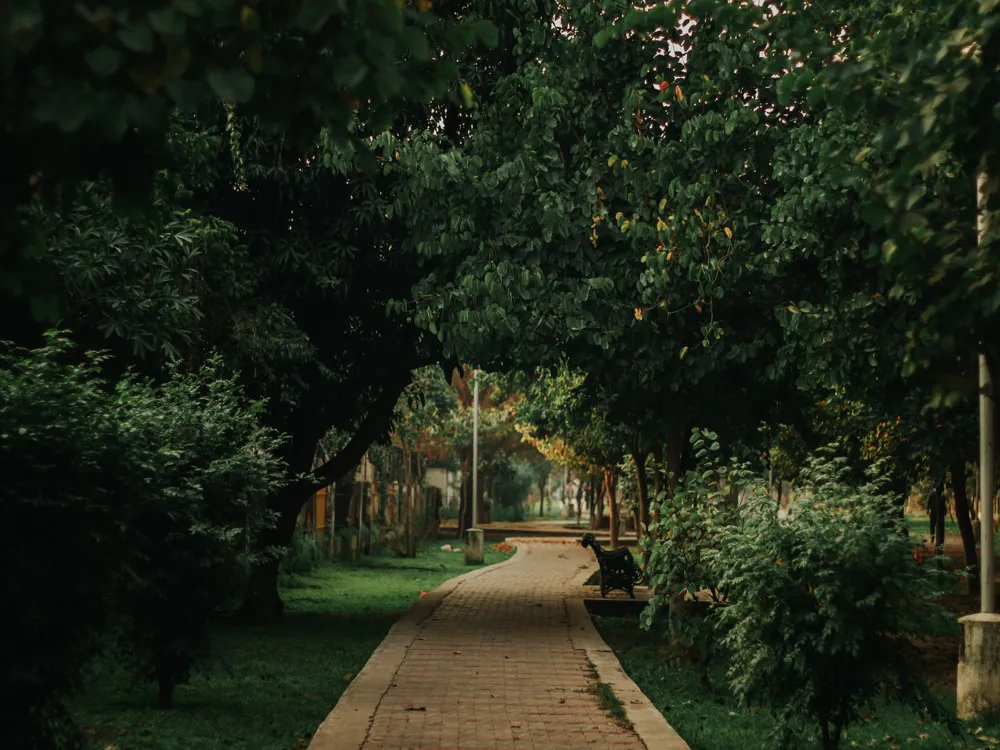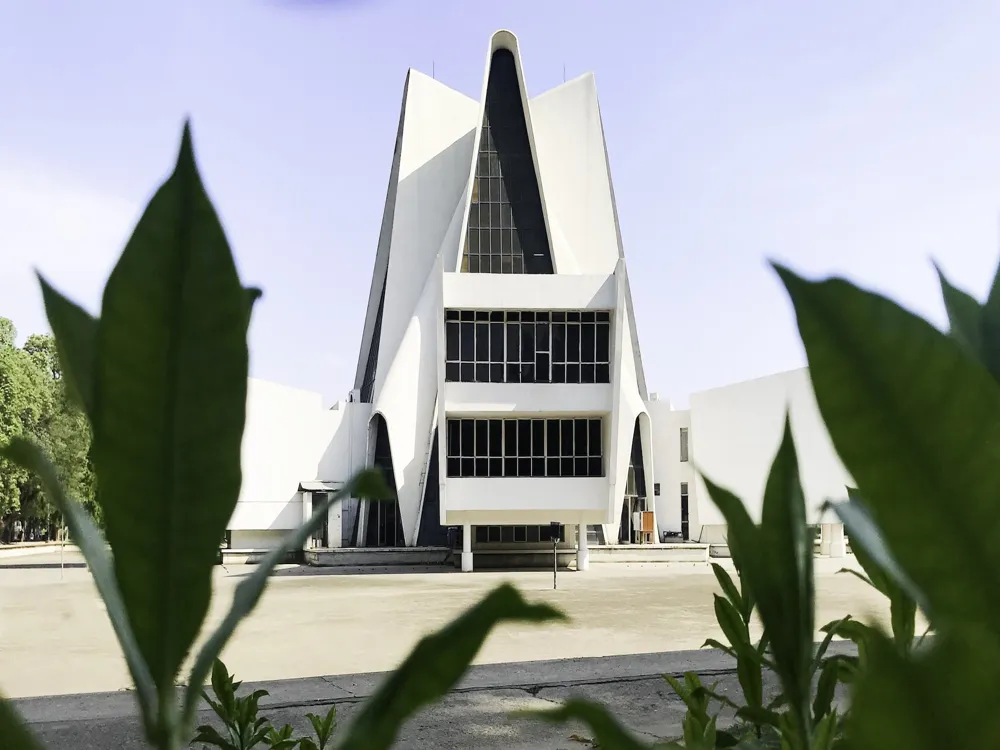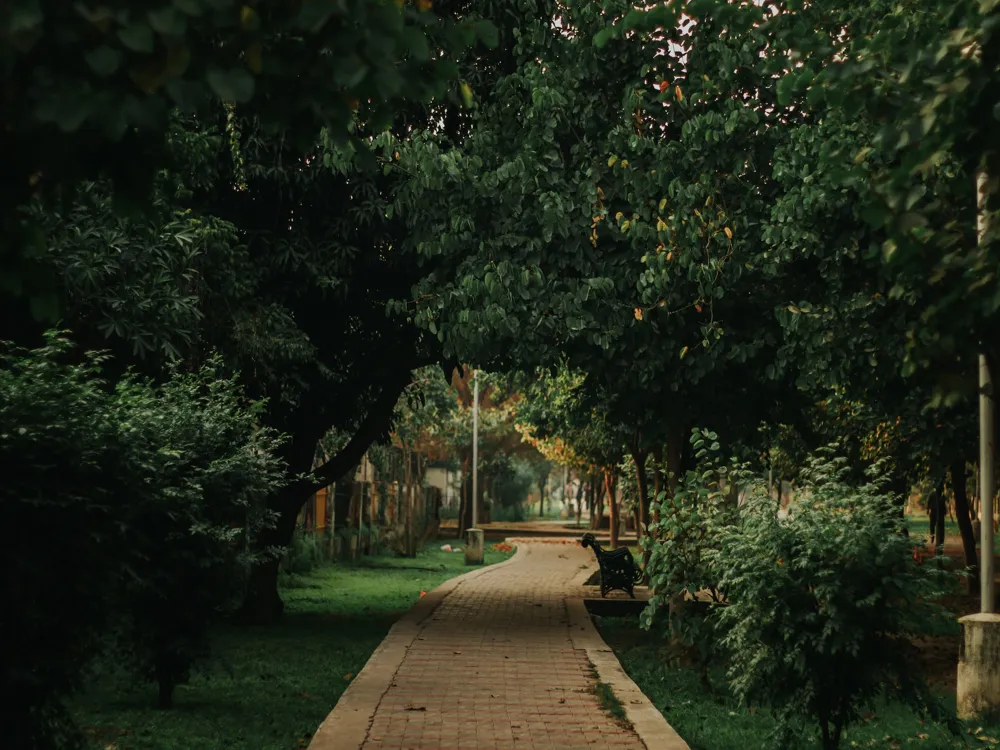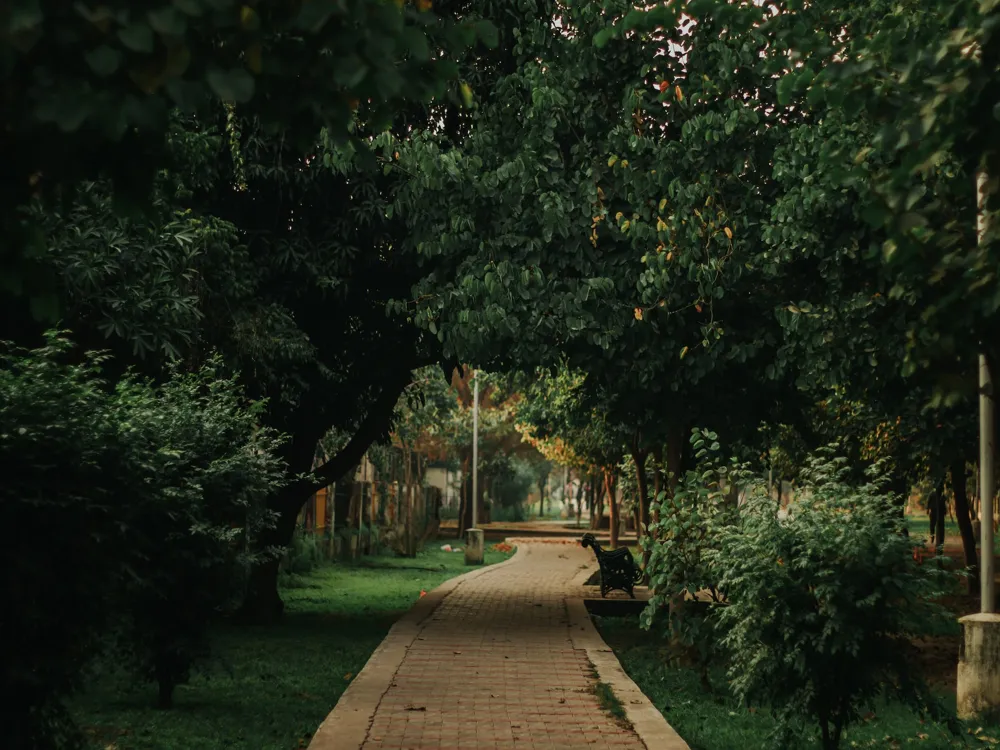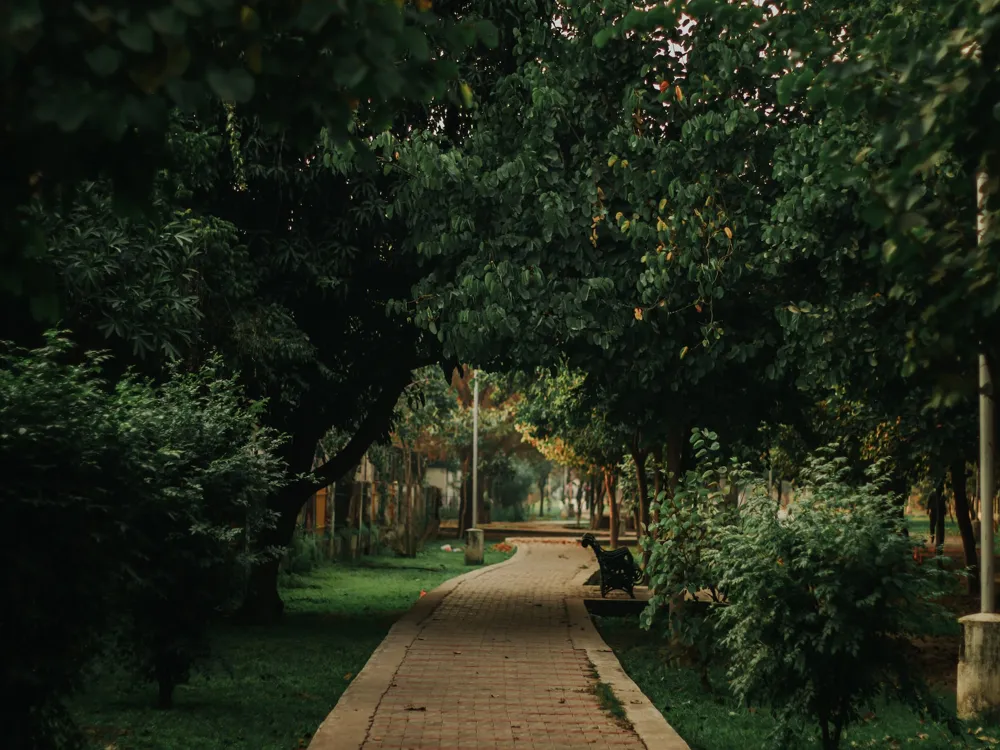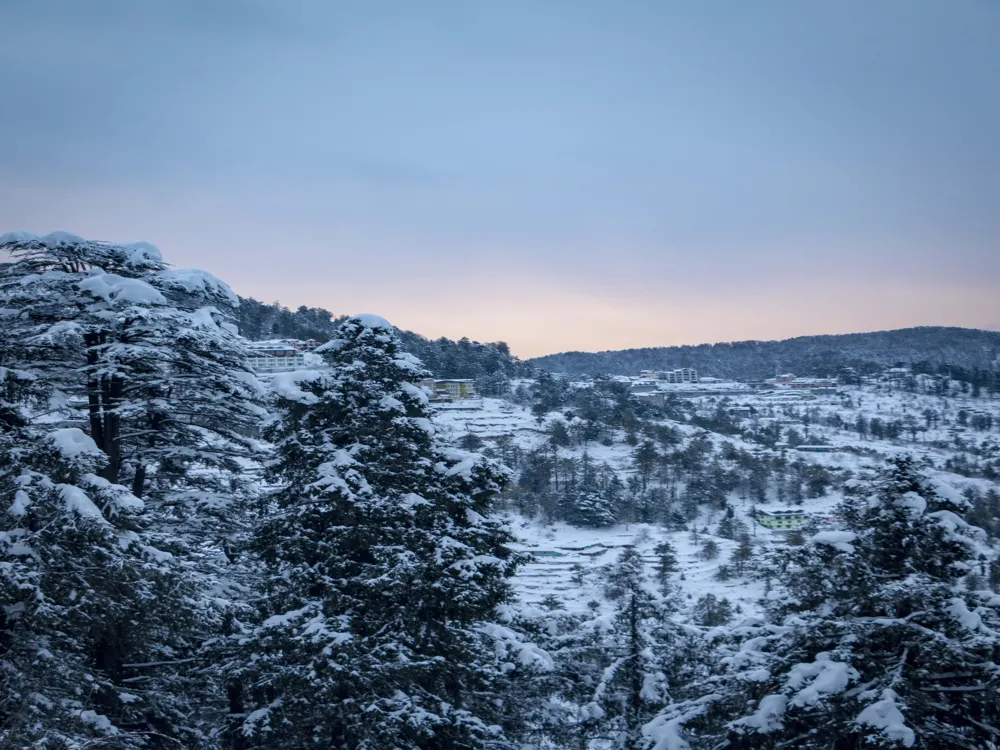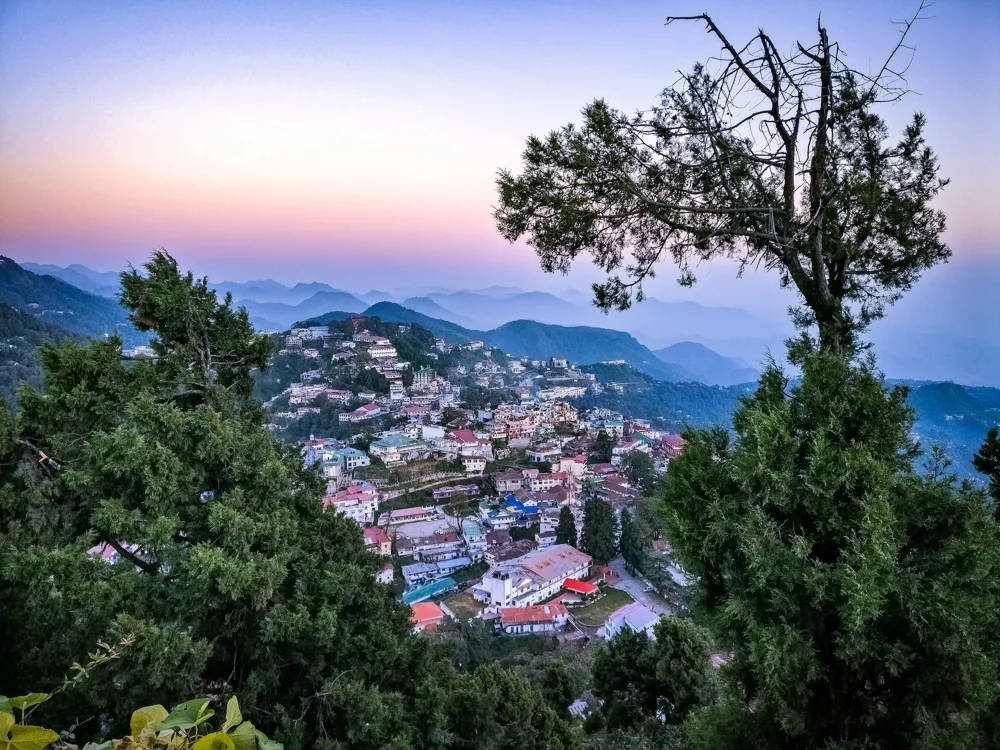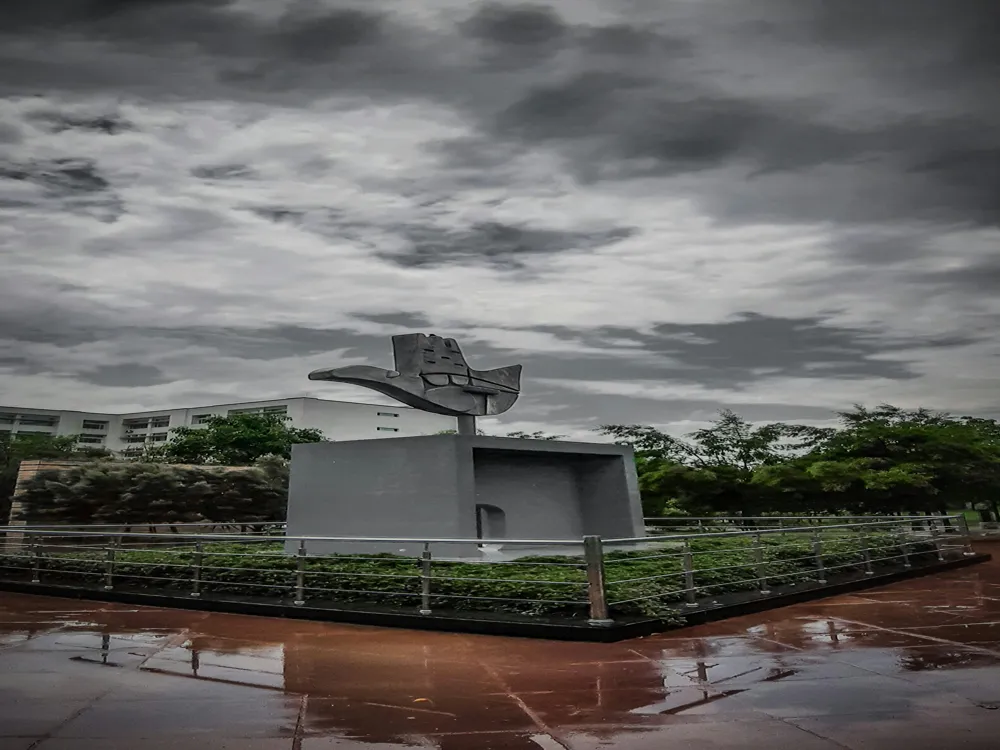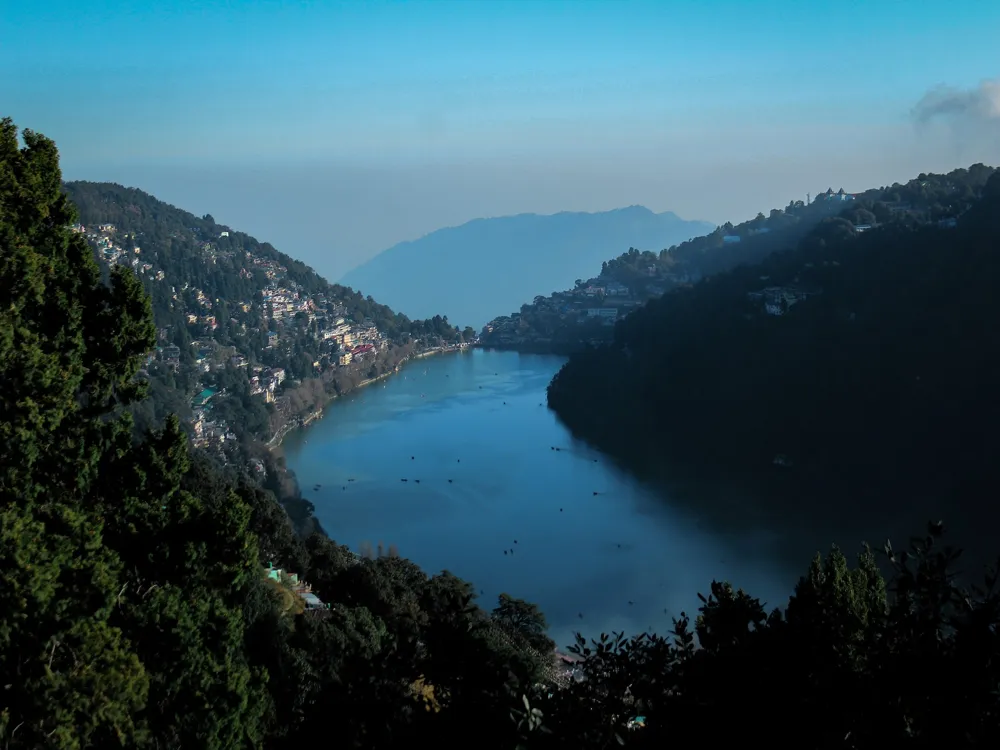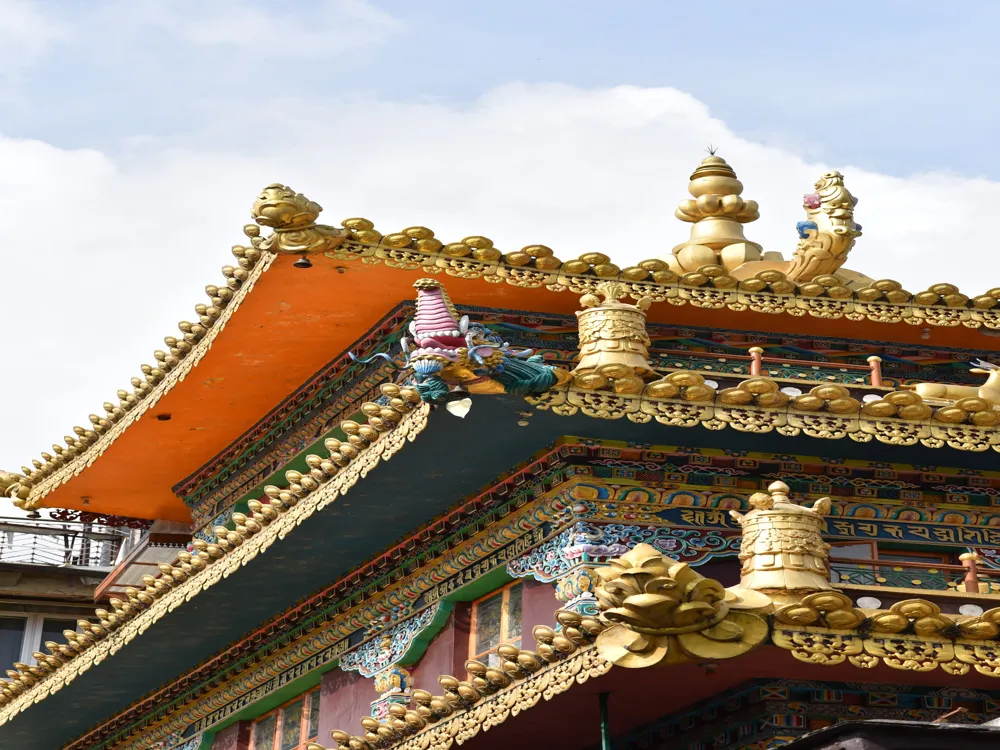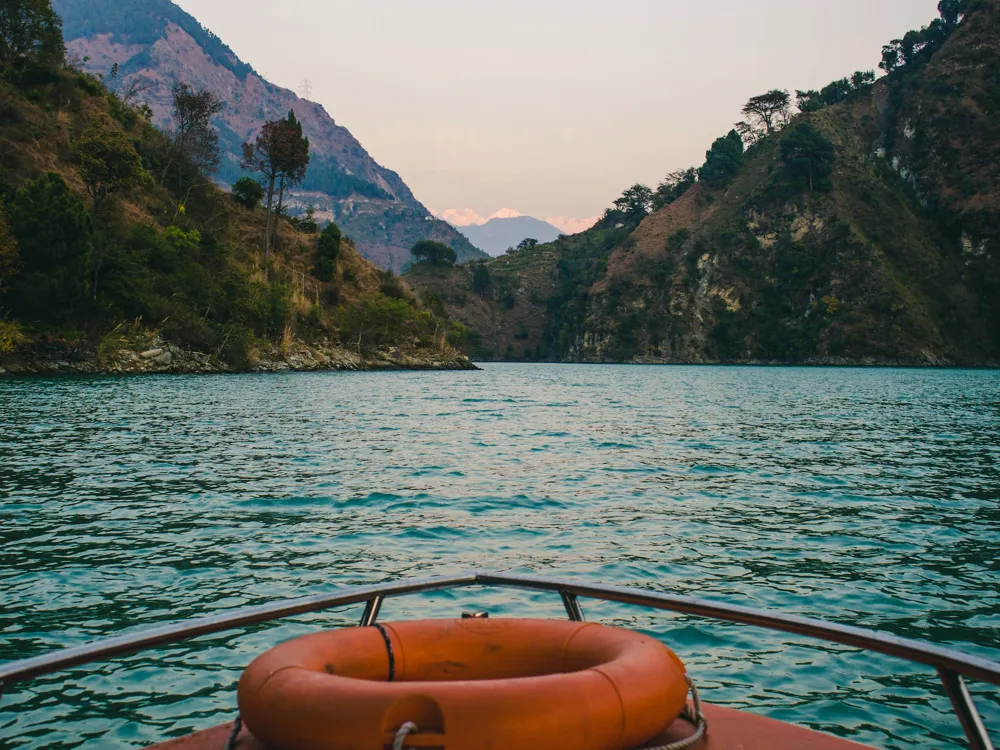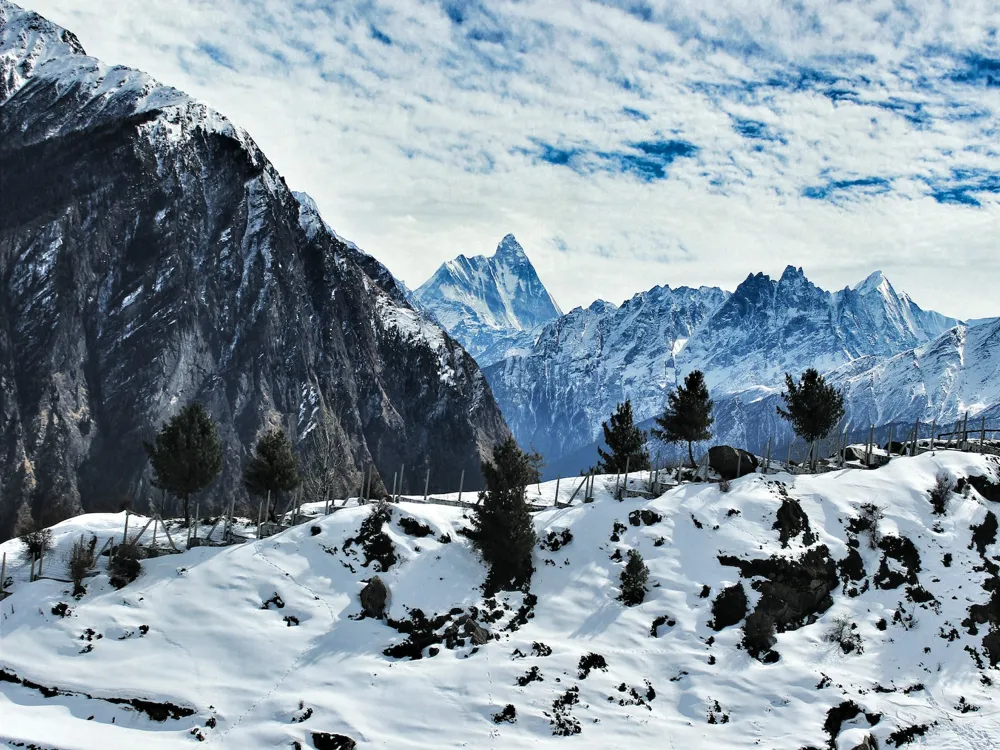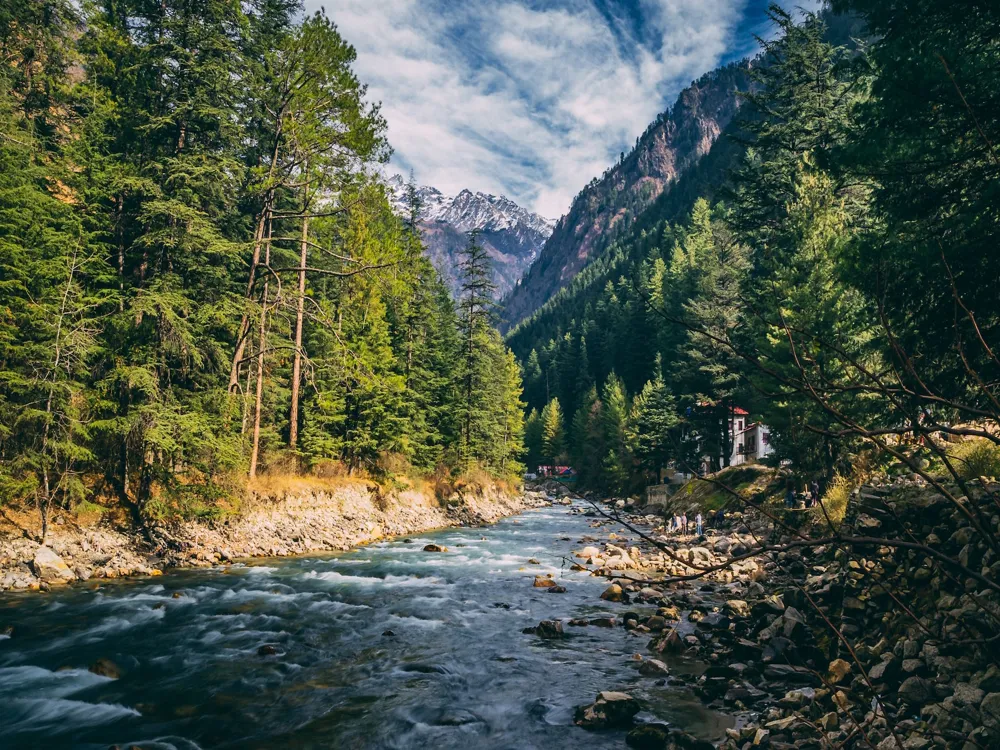Nestled in the vibrant state of Punjab, the Bahadurgarh Fort stands as a testament to the rich history and cultural heritage of Patiala. Constructed in the 17th century by Nawab Saif Khan in 1658 and later renovated by Maharaja Karam Singh of Patiala in 1837, this fort represents a blend of Mughal and Rajput architectural styles. It's not just a mere structure but a symbol of the historical events and stories that shaped the region. The fort spans over a vast area of 2100 yards and is encircled by a moat, adding to its grandeur and defensive capability. Historically, it served as a bastion of defense and a royal residence. Its imposing structure, comprising thick walls and two majestic gates – the Patiala Gate and the Samana Gate – reflects the strategic importance it held in the past. The fort's compound also houses a Gurudwara Sahib, known as Qila Mubarak Gurudwara, which was built to commemorate the visit of the tenth Sikh Guru, Guru Gobind Singh. The Bahadurgarh Fort's architecture is a marvel in itself. The blend of Islamic and Hindu architectural elements showcases the confluence of different cultures and traditions. Intricate carvings, splendid jharokhas (overhanging enclosed balconies), and robust bastions are some of the key features. The fort's layout, with its courtyards, gardens, and residential quarters, offers a glimpse into the royal lifestyle of the era. The inner and outer moat surrounding the fort served as a formidable defense against invaders. Over the years, the Bahadurgarh Fort has witnessed numerous historical events and has stood the test of time. Today, it is a popular tourist destination, attracting history buffs, architecture enthusiasts, and travelers from across the globe. The fort's legacy continues to live on, serving as a beacon of Punjab's rich history and architectural brilliance. The Bahadurgarh Fort is a magnificent example of the architectural brilliance of the 17th century, reflecting a fusion of Mughal and Rajput styles. The fort, predominantly made of brick and lime mortar, stands as a robust structure, showcasing the engineering skills of that era. The walls of the fort are thick and high, designed to withstand attacks and harsh weather conditions. One of the most striking features of the Bahadurgarh Fort is its two main gates – the Patiala Gate and the Samana Gate. Each gate is intricately designed, featuring detailed carvings, jharokhas, and minarets that add to the aesthetic appeal. The gates are not just architectural marvels but also serve as strategic elements for defense and control. The interior of the fort is equally impressive, with sprawling courtyards, lush gardens, and a series of palaces and residential quarters. The layout of the fort was strategically planned, with residential areas, administrative sections, and the army barracks. The use of jharokhas and chhatris (elevated, dome-shaped pavilions) in the design signifies the influence of Rajput architecture, while the ornate floral motifs and geometric patterns on the walls and ceilings reflect Mughal influence. One cannot miss the Gurudwara Sahib within the fort's premises, a sacred site for Sikhs. The Gurudwara adds a spiritual dimension to the fort and is a fine example of religious harmony. The architectural style of the Gurudwara blends seamlessly with the fort's overall design, featuring domes, arches, and an open courtyard. The Bahadurgarh Fort also boasts of an advanced water management system, with wells and reservoirs that ensure a steady supply of water. This system was not only functional but also aesthetically designed, with beautifully carved stepwells and fountains. Today, the fort stands as a beacon of architectural splendor, drawing attention to its detailed carvings, robust structure, and thoughtful layout. Its preservation and restoration efforts continue, as it remains a vital link to India's rich historical and architectural heritage. The ideal time to visit the Bahadurgarh Fort is between October and March. During these months, the weather is pleasant, making it comfortable to explore the fort and its surroundings. Opt for a guided tour to get a detailed insight into the fort's history, architecture, and the stories associated with it. Guides are usually available at the entrance. Photography enthusiasts will find plenty of picturesque spots within the fort. However, check for any photography restrictions in certain areas of the fort. As the fort covers a large area and involves a fair amount of walking, it is advisable to wear comfortable footwear. Carry water bottles to stay hydrated, especially during the hotter months. Bahadurgarh Fort is situated in Patiala, Punjab, and is easily accessible by various modes of transportation. The nearest airport is Chandigarh Airport, from where you can hire a taxi or take a bus to Patiala. If traveling by train, Patiala railway station is the nearest, well-connected to major cities. From Patiala station, the fort is a short taxi or auto-rickshaw ride away. For those preferring to drive, Patiala is well-connected by road to major cities like Delhi, Chandigarh, and Amritsar. Read More:Overview of Bahadurgarh Fort, Patiala, Punjab
Architecture of Bahadurgarh Fort
Tips When Visiting Bahadurgarh Fort
Best Time to Visit
Guided Tours
Photography
Wear Comfortable Footwear
Stay Hydrated
How To Reach Bahadurgarh Fort
Bahadurgarh Fort
Patiala
Punjab
NaN onwards
View patiala Packages
Weather :
Tags : Forts & Palaces
Time Required : 1 - 2 hrs
Planning a Trip? Ask Your Question
Patiala Travel Packages
View All Packages For Patiala
Top Hotel Collections for Patiala

Private Pool

Luxury Hotels

5-Star Hotels

Pet Friendly
Top Hotels Near Patiala
Other Top Ranking Places In Patiala
View All Places To Visit In patiala
View patiala Packages
Weather :
Tags : Forts & Palaces
Time Required : 1 - 2 hrs
Planning a Trip? Ask Your Question
Patiala Travel Packages
View All Packages For Patiala
Top Hotel Collections for Patiala

Private Pool

Luxury Hotels

5-Star Hotels

Pet Friendly







